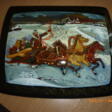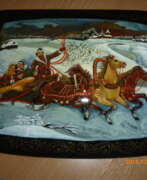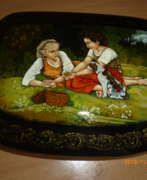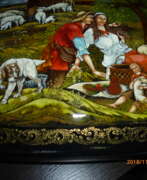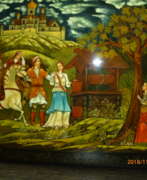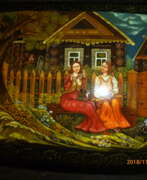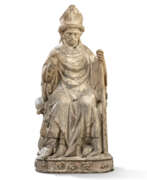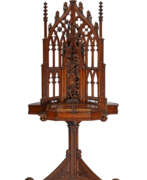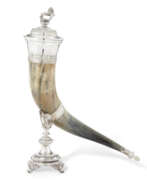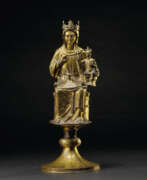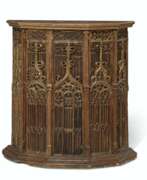Gothic art
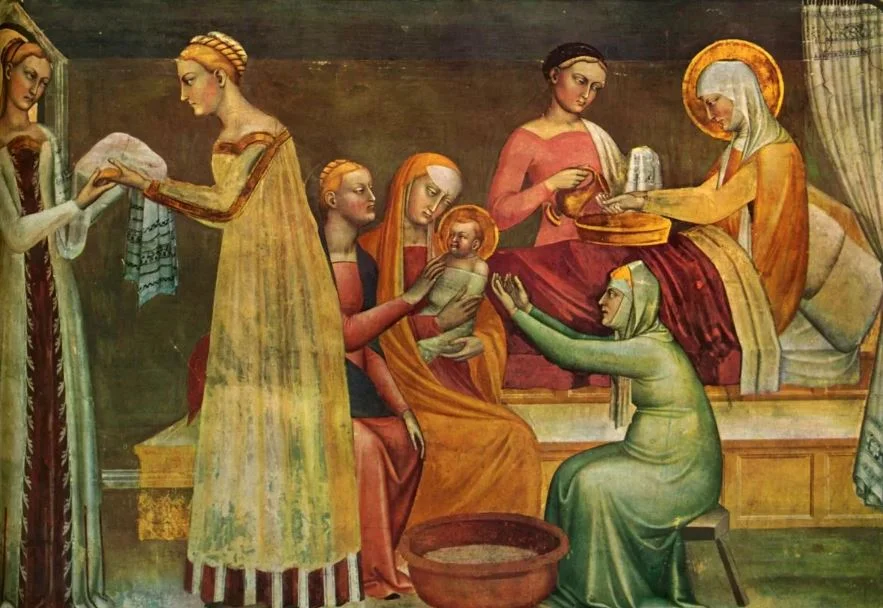
Gothic art
Gothic art, a pivotal movement in Western art history, emerged in the mid-12th century, flourishing in Western and Central Europe during the Middle Ages and extending until the 16th century in some regions. This style evolved from Romanesque art and was initially termed "Gothic" during the Renaissance as a derogatory label, reflecting its departure from the classical norms of the time. The name, associated with the barbarian Gothic tribes, implied a non-classical ugliness, but this perception transformed positively in the 19th century.
Gothic art was predominantly religious, with a notable resurgence in Marian devotion. Iconography in Gothic art was profoundly influenced by theological and devotional changes, exemplified in the evolution of depictions of the Virgin Mary and Christ, emphasizing their human aspects. This era also saw the emergence of artists like Giotto and Fra Angelico, who brought a new level of realism and humanity to their work.
A hallmark of Gothic architecture was its structural innovations, particularly in solving the challenges of supporting heavy masonry ceiling vaults. The introduction of ribbed vaults and the use of slender vertical piers marked a significant departure from the Romanesque style, allowing for lighter structures and taller buildings. These architectural advancements also influenced Gothic sculpture and painting, which embraced a more naturalistic and human approach.
Notable Gothic artworks and structures include the Basilica of Saint-Denis, the Notre-Dame Cathedral in Paris, and the Reims Cathedral, each embodying the distinct characteristics of Gothic architecture: pointed arches, rib vaults, and flying buttresses. In painting, the transition from Romanesque to Gothic is visible in works like the Très Riches Heures du Duc de Berry, showcasing the move towards naturalism.
Despite its initial perception, Gothic art played a crucial role in the transition to the Renaissance, laying the foundation for a more human-centered approach in art. Its influence remains significant in various forms of modern art and architecture.
| Country: | Europe |
|---|---|
| Start of the period: | XII century |
| End of the period: | XVI century |
